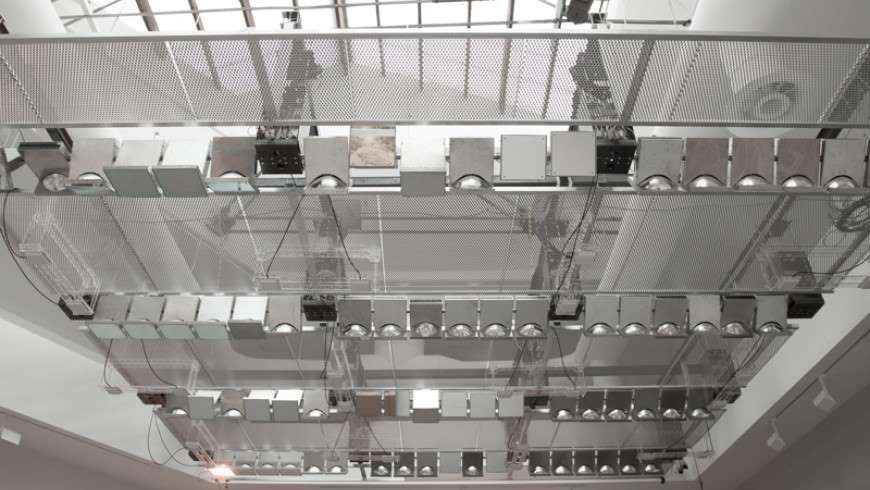
Taking MIT's innovative approach to office heating as an example, we look at ways to redefine the problem you're looking to solve, to generate truly creative ideas.
How you describe your innovation challenge is vital to generating the right kind of ideas. It’s easy to fall into the trap of making assumptions about what the solution might be, which will restrict the kinds of solutions you receive. The key is to be clear about the outcome you are looking for, while being open-minded about how that outcome should be achieved.
For example, ‘Come up with a new type of book seven-year-old boys will love’ assumes that the solution to the problem will be a book. It might not. Whereas, ‘How can we instil a love of reading in seven-year-old boys?’ still has the goal of motivating more seven-year-old boys to read, but is open to different ideas for getting there.
Open innovation challenges often start with ‘How can we...’ or ‘How might we...’ and are framed as questions, rather than statements or requests.
When you have framed your question, ask yourself the following:
- Clear: Is my challenge clear, even to people who don’t work in my industry? Even if the solution you need is technical or specialist, expressing the aim of your challenge in non-technical language will help spread the word.
- Positive: Is it worded positively? Have you focused on the outcome you want, rather than the problems associated with it?
- Open-minded: Is it focused on the outcome, but open-minded about how to get there?
- Targeted: Is the question the right one to achieve that outcome? Well-framed challenges invite ideas for the issue they really want.
- Inspiring: Is the challenge likely to inspire and attract problem solvers? Think about the positive impact that solving this challenge could make on people in your organisation, and even on communities beyond it.
Example: Heating buildings or people?
Keeping buildings at the right temperature is one of the biggest sources of energy consumption in the developed world – in America heating, ventilation and cooling of buildings account for 13% of all energy consumption. Innovation in this area has traditionally focused on warming the air inside the buildings, keeping rooms at an ambient temperature no matter who was occupying them.
Professor Carlo Ratti of the MIT Senseable City Laboratory was inspired by looking at restaurant patio heaters to think differently about the problem: instead of asking, ‘How can we keep buildings warm efficiently?’ he reframed the question as, ‘How can we keep people warm when they are at work?’ This reframing changed the kinds of solutions his team generated which resulted in the design and creation of his Local Warming project. This project uses a combination of Wi-Fi and infra-red lamps to track people around the building and direct heat at them, rather than warming the whole building [pictured above].
There are also some useful guides and tools available that can help you frame your question in a way that helps solvers to be as creative as possible in their approach – see below.
- The basics of Creative Problem Solving (CPS)
- Einstein’s approach to defining the problem
- MindTools Creativity Tools
Photo credit: MIT Senseable City Lab






